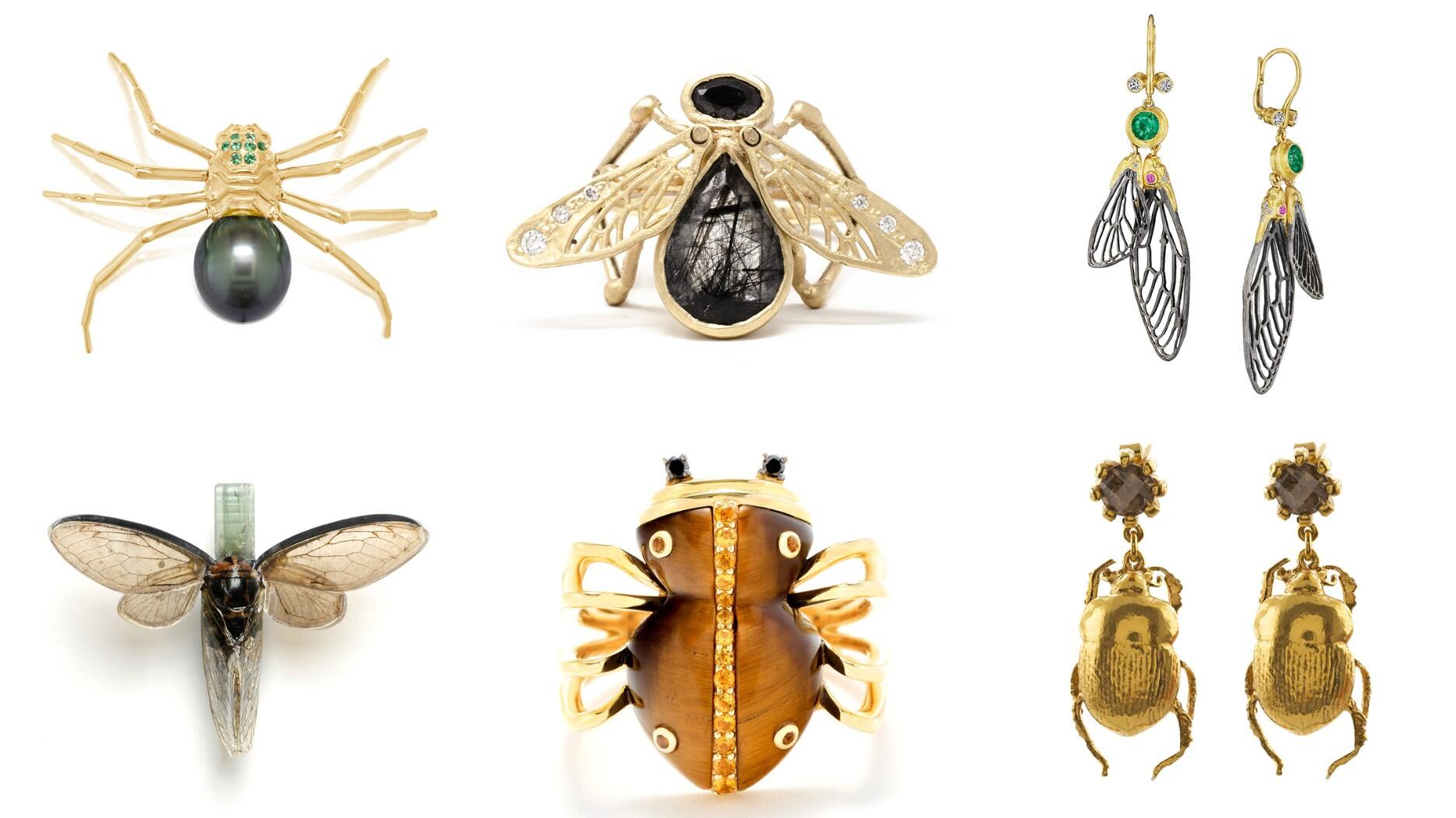The new pink sapphire version of the piece dances with its wearer in the brand’s “Icons After Dark” holiday campaign.
10 Things I Learned at the AGA’s Tucson Conference
They include updates on the state of the North American natural pearl market, Ethiopian emeralds and tourmaline production.

Tucson is not only full of amazing gems but also more knowledge and education than the gem crowd could ever ask for.
Sitting in on these sessions is one of my favorite parts of the trip, since my job requires me to always keep learning, and this year I was thrilled to add the Accredited Gemologists Association’s conference to my schedule.
I learned so much more than could be incorporated into a single blog, but here are just a few of the things I thought you’d all enjoy knowing too, ranging from gemological knowledge to market updates.
1. Locals have full control of the Halo-Shakiso emerald mine in Ethiopia.
The mining site, located about 37 miles from the town of Shakiso, is currently owned by the Bu’a Obsa Cooperative, a group of locals who initially banded together for gold and tantalum mining. It now has hundreds of shareholders from the local community that benefit from the emerald mining.
According to Jeffery Bergman of Primagem in Thailand, only the local tribespeople are allowed access to the mining site at Halo; they dig, extract, sort and grade the material.
2. There’s a variety of material that comes from Halo-Shakiso, including some “really exceptional” gem-quality rough.
According to Bergman, the bases of the emerald crystals are typically heavily included, so the excitement about the material surrounds the top part, where you can find some “really exceptional” gem-quality material.
Bergman also noted during his presentation that about 20 percent of production from the Halo mine doesn’t need any clarity enhancements.
3. Ethiopian emeralds share similarities with other emeralds with schist-based origins so they look like the material from Brazil and Zambia.
This means, Bergman said, that trace element analysis must be done to ascertain a stone’s origin, rather than relying on just inclusions; the GIA said in a 2017 Gems & Gemology article that it was able to separate the material from other sources by comparing trace alkali metals and some transition metals.
RELATED CONTENT: 5 Things to Know About … Ethiopian Emeralds4. The group in control of the Halo-Shakiso emeralds has been working to build it as a brand, mimicking the work of other areas that have done it successfully, such as Muzo.
As part of a project in which Bergman participated but is no longer associated, the Bu’a Obsa association created a logo, slogan, website, obtained photography, established a presence
It remains to be seen how the group will be able to establish their emeralds on the world market, especially given the Ethiopian government’s increasing control over the material.
5. The natural pearl market in the United States is actually a by-product of the button industry, Gina Latendresse of the American Pearl Company said.
By the late 1800s, the freshwater pearl button industry in the U.S. was flourishing, thanks to the number of mussels available in the country’s waters as well as the availability of cheap labor.
Decades later, this would give way to a new market created around cultured pearls in Japan, and, specifically, their need for the nuclei from North American natural pearls.
“All cultured pearls around the world, if they’re using a mother-of-pearl bead, they have a little bit of Tennessee or Mississippi River tributary mollusk inside of them,” she said.
6. As is the case with all pearls, North American natural pearls are rare.
According to Latendresse, only one in 10,000 mussel shells in the U.S. turns up a pearl. Of those, only 5 percent are symmetrical and only 1 percent are more or less round.
7. Natural pearls in North America come in a variety of beautiful, baroque shapes.
The wing shape is arguably the most recognizable, Latendresse said, and lends itself well to jewelry design; they have been used in creations by big brands, such as the Chrysanthemum brooch from Tiffany & Co.
There also are rosebuds, turtlebacks (baroque ovals), drop shapes, bodices, button shapes, snail formations and many others.
North American natural pearls also come in several colors, including white, pink, purple and lavender, as well as the greens and blues from abalone shells on the West Coast, and the pinks and oranges with a flame pattern that’s seen in the conch pearl.
RELATED CONTENT: 5 Things to Know About … Conch Pearls8. Tourmaline has a number of gemological characteristics that make it interesting to the trade.
For one, it can have a very pronounced pleochroism, said Claudio Milisenda, managing director of DSEF German Gem Lab in Idar-Oberstein. This is of great importance to cutters so it can be oriented a certain way.
It also has the capability to polarize light going through the stone, which is why slices of tourmaline cut parallel to the prism were used as a polariscope in ancient times, Milisenda said.
Additionally, tourmaline often shows distinct color zoning, which makes crosscuts of the crystals very popular with collectors.
9. The blue component in blue-green Namibian tourmaline can be removed through heating to make it greener.
Milisenda said darker stones also can be lightened through heat treatment.
This is important to note because both can be done by heating the stones at a temperature of about 650 degrees centigrade, so if it’s a relatively clean stone the inclusion pattern “hardly will change,” he said.
This means there’s no way to detect if this kind of tourmaline has been heat-treated or not, unless it is heated at a temperature above 700 degrees centigrade and checked using a refractometer.
Milisenda also said tourmaline’s color in general can be improved by irradiation. He noted that it’s common for pink tourmaline to be irradiated though it can’t be detected, presenting a dilemma to gemstone dealers.
“How can we disclose that when we are selling pink or red rubellite to a client?” he asked.
10. Here’s a quick production update on Paraiba tourmaline (meaning copper-bearing tourmaline in his case, as per the Laboratory Manual Harmonisation Committee).
Milisenda said supply in Brazil is very low—the Mulungu mine is working through the tailings, and there’s no production at Batalha currently.
He added that Nigeria never had continuous production, and Mozambique is producing an increasing amount of cabochon-quality material.
The Latest

A choice that’s generated a lot of commentary, Pantone says “Cloud Dancer” marks a fresh start and encourages relaxation and creativity.
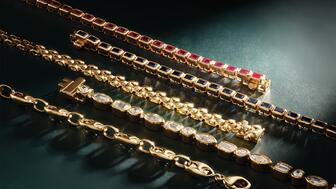
The manufacturer’s holiday campaign features a gift guide filled with trending designs and jewelry that can be personalized.

How Jewelers of America’s 20 Under 40 are leading to ensure a brighter future for the jewelry industry.

The man was charged with theft, accused of ingesting the necklace while in a jewelry store in Auckland, New Zealand.


The Florida independent expanded its store from 8,000 to 14,000 square feet, fulfilling the vision of its late co-founder, Jim Dunn.
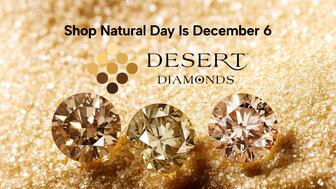
Sponsored by De Beers Group

Roseco’s 704-page catalog showcases new lab-grown diamonds, findings, tools & more—available in print or interactive digital editions.

The classic 5600 series G-Shock has been scaled down to about a tenth of its size, becoming a fully functioning watch ring.
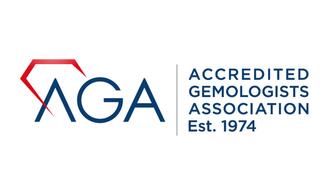
The association’s annual conference and gala will take place Feb. 4, 2026, during the Tucson gem shows.

The January show will include a workshop for jewelry retailers on implementing AI to strengthen their businesses.
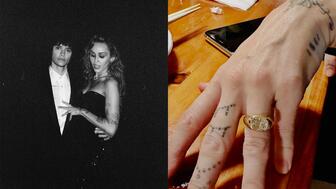
Fellow musician Maxx Morando proposed to the star with a chunky, cushion-cut diamond ring designed by Jacquie Aiche.

The retailer, which sells billions in fine jewelry and watches, is suing the Trump administration and U.S. Customs and Border Patrol.

Black Friday is still the most popular shopping day over the five-day holiday weekend, as per the National Retail Federation’s survey.
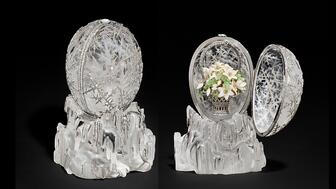
The historic egg, crafted for Russia's ruling family prior to the revolution, was the star of Christie’s recent auction of works by Fabergé.
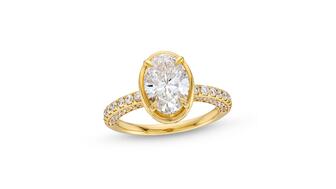
The retailer offered more fashion jewelry priced under $1,000, including lab-grown diamond and men’s jewelry.

The eau de parfum is held in a fluted glass bottle that mirrors the decor of the brand’s atelier, and its cap is a nod to its “Sloan” ring.

Vivek Gadodia and Juan Kemp, who’ve been serving as interim co-CEOs since February, will continue to lead the diamond mining company.

In addition, a slate of new officers and trustees were appointed to the board.
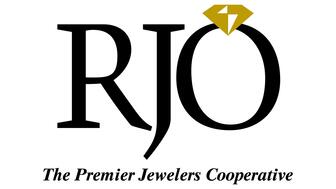
Witt’s Jewelry in Wayne, Nebraska, is the organization’s new milestone member.

Laurs is the editor-in-chief of Gem-A’s The Journal of Gemmology and an expert on the formation of colored gemstone deposits.
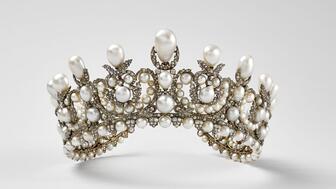
The man, who has a criminal history, is suspected of being the fourth member of the four-man crew that carried out the heist.
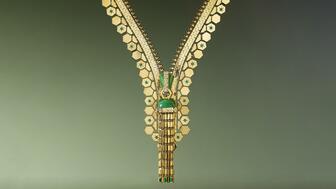
The single-owner collection includes one of the largest offerings of Verdura jewels ever to appear at auction, said Christie’s.

Michael Helfer has taken the reins, bringing together two historic Chicago jewelry names.
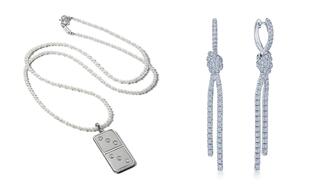
The guide features all-new platinum designs for the holiday season by brands like Harwell Godfrey, Ritani, and Suna.

During its Q3 call, CEO Efraim Grinberg discussed the deal to lower tariffs on Swiss-made watches, watch market trends, and more.
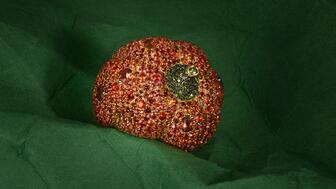
Rosior’s high jewelry cocktail ring with orange sapphires and green diamonds is the perfect Thanksgiving accessory.













